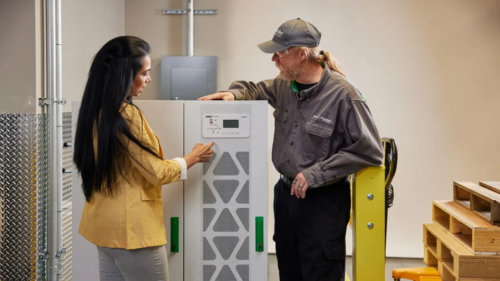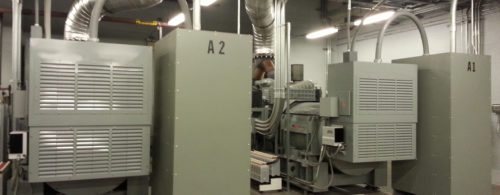Baylor College of Medicine Special Care Center
Renovation: Baylor College of Medicine Special Care Center; Smith Seckman Reid Inc.
Project name: Baylor College of Medicine Special Care Center
Location: Houston, Texas
Firm name: Smith Seckman Reid Inc.
Project type, building type: Renovation, hospital
Project duration: 2.5 years
Project completion date: Dec. 2013
Project budget for mechanical, electrical, plumbing, fire protection engineering only: $17 million
Engineering challenges
Challenges included preparing documents to complete the building infrastructure of a previously unfinished shell building for chilled water, steam, electrical, emergency power, domestic hot and cold water systems, and heating hot water systems in concert with architectural work to create required 2-h separations needed with functioning life safety systems to (1) comply with the requirements for an unoccupied, yet code-compliant building and (2) identify MEP equipment needed or anticipated to be utilized to serve several phases of finish-out of portions of the building while keeping construction costs of these systems limited to the potential project finish-out. Challenges faced by MEP engineers and designers included survey of existing equipment already installed but not placed into service; identification of equipment purchased but not yet installed; identification of existing equipment capacity and its capability to serve the proposed finish-out, which in some instances was different than the original design intent; and a determination as to the condition of the equipment due to its sitting idle and unused in an enclosed but unconditioned environment.
Solutions
Solutions to the challenges, while seemingly obvious, required a lengthy thought and planning process that involved the owner and the original installing contractors. Additionally, to establish a starting point, we needed to review existing product submittals; review work actually installed versus original design intent to determine where work was stopped and if it was completed; review and discuss what work was previously permitted, and if there were open permits for any of the work to determine what documentation was needed to complete the work; and, finally, to determine how remaining shell spaces and building smoke control would be accomplished within a partially occupied and finished building, which just happened to be a high-rise building with both I2 and B occupancies. We also needed too identify what should be in place to be able to finish out the building under an aggressive completion schedule once the space planning was completed. The project was initiated in early summer and the enclosed but unconditioned, nonventilated building (in Houston) created its own unique challenges when we surveyed the building. Documents were prepared in four phases to address the project requirements in an orderly process, so the work could be competed, inspected by the city, and permits closed before new work could proceed under new permits in order for the infrastructure to be ready and able to serve the finish-out.
Do you have experience and expertise with the topics mentioned in this content? You should consider contributing to our CFE Media editorial team and getting the recognition you and your company deserve. Click here to start this process.




